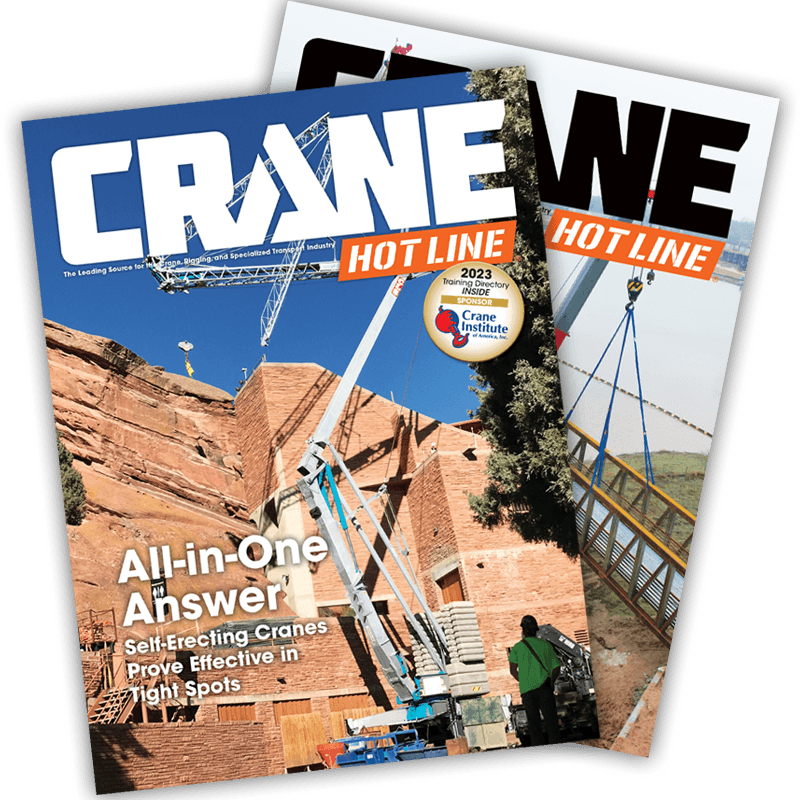Liebherr Marks 50 Years of BOS Offshore Cranes With Electric Variant
Liebherr celebrates 50 years of BOS offshore cranes and introduces a new electric variant designed for evolving offshore lifting needs.
Liebherr is marking the 50th anniversary of its board offshore cranes (BOS) series, highlighting five decades of design evolution and more than 500 units deployed worldwide. The company also announced a new electric BOS model aimed at meeting modern offshore requirements.
The first BOS crane, the B10 / 17 EX, was delivered in 1975 for installation on the FPSO Princess Aweni. Since then, the line has undergone continuous design updates, including advancements to the Litronic control system. The system has progressed from early card-based configurations to fully enclosed, shock- and water-resistant units, and now to a generation featuring higher computing power, expanded capabilities and multiple configuration options.
Crane Range for Broad Offshore Applications
The BOS series includes models from the compact BOS 2600 to heavy-lift cranes such as the BOS 35000 and BOS 45000. The design incorporates an A-frame, lattice boom structure and integrated walkways to support access to service points. Auxiliary hoists handle lighter loads, and the boom configuration is engineered for reach and precise load control.
The high-capacity BOS 35000 offers up to 1,200 tonnes (1322.77 tons) of lifting capability for offshore wind installation and large-scale oil and gas infrastructure work. The BOS 45000 provides up to 1,400 tonnes (1543.24 tons) of capacity and outreach beyond 100 meters (328.1 feet) for major installation, maintenance and decommissioning tasks.
“The BOS cranes are the ideal solution for servicing offshore wind farms, especially when long boom lengths are required,” says Robert Pitschmann, global application manager heavy lift offshore and ship cranes. “With their proven design and adaptability, they have remained at the forefront of offshore lifting technology for 50 years. That legacy continues to drive performance in today’s most demanding environments.”
Production and Global Reach
Since its introduction, the BOS series has become a central part of Liebherr’s offshore portfolio. Originally produced in Nenzing, Austria, all BOS cranes have been manufactured at the company’s Rostock, Germany, facility since 2005. According to the company, 502 units have been deployed worldwide, with the United Kingdom, Brazil and Norway among the largest markets.
The release notes that while some offshore sectors are shifting toward lower-maintenance crane solutions, the BOS series remains in demand for applications requiring long boom lengths. Key design updates in 2005 included separating the A-frame from the machinery house to improve serviceability and support future technology integration.
Integrated Control and Technology
Since 2005, the BOS series has incorporated Liebherr’s Litronic control system. The modular architecture enables real-time diagnostics and customizable functionality for specific offshore workflows.
“The BOS series has proven itself over decades of offshore use. Its adaptability, solid engineering and integration of systems like Litronic make it a reliable choice for operators worldwide. We’ve refined the concept over the years, but the core strengths have remained, and that’s what continues to make it successful,” explains Stefan Schneider, global application manager for general purpose offshore cranes.
The release also highlights other offerings in Liebherr’s offshore portfolio, including the TCC 14000. The crane is mounted on a mobile undercarriage and combines features of a BOS offshore crane with the mobility of a harbor crane, offering lifting capacities up to 600 tonnes (661.39 tons) and hook heights reaching 100 meters (328.1 feet).
Liebherr states that the BOS series will continue to evolve, with electrification identified as a key development focus for meeting future offshore requirements.



